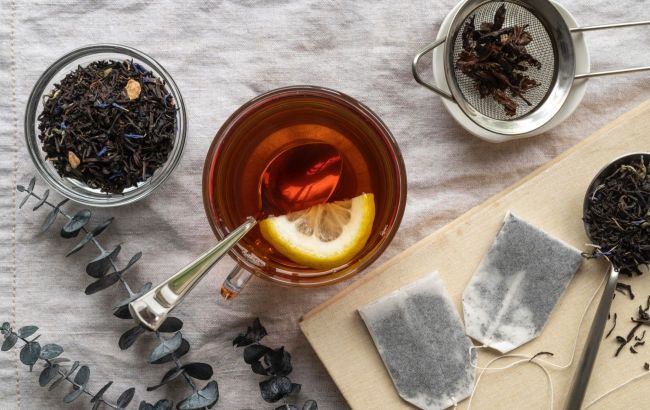Glimmering film and froth in your tea: Reasons and concerns
 Why does a plaque or foam appear on a cup of tea (photo: freepik.com)
Why does a plaque or foam appear on a cup of tea (photo: freepik.com)
The peculiar film on tea, resembling glass or a rainbow surface, often raises concerns among people. Many assume it indicates poor quality tea or water used to brew it.
Why this film appears and what it signifies is explained by Wprost.
Tea is one of the most popular beverages worldwide. We drink it to warm up or relax, exploring various blends and additives.
On classic black tea, you often notice iridescent separations, sometimes with a slight foam, resembling the introduction of a chemical liquid into the drink.
However, this phenomenon is relatively straightforward to explain. When pouring hot water over the tea leaves, polyphenols present in the tea react with the calcium carbonate in the water, especially if it's hard. This results in a mixture of tea compounds with calcium carbonate and other water salts, creating a rainbow effect.
So, the harder the water used for brewing tea, the more intense the iridescence might be. Nonetheless, there's no need for concern; such tea is harmless and safe to drink.
While many may not mind the iridescent film and happily drink the tea, some may prefer it without. The solution is simple - filter the water beforehand or use softer water immediately.
Additionally, the formation of such residue can be reduced by adding citric acid. Simply adding lemon juice or a slice of lemon to the tea can help.
As for the slight foam during tea brewing, it has other causes. Organic compounds called saponins, naturally found in tea leaves (which give tea its slightly bitter taste), can contribute to foam formation.
Another factor is the brewing method. Surprisingly, the height from which you pour water matters. Chaotically pouring water from a significant height introduces a considerable amount of air into the drink, resulting in foam.
The type of tea also plays a role - small or tightly twisted leaves contain more air.

